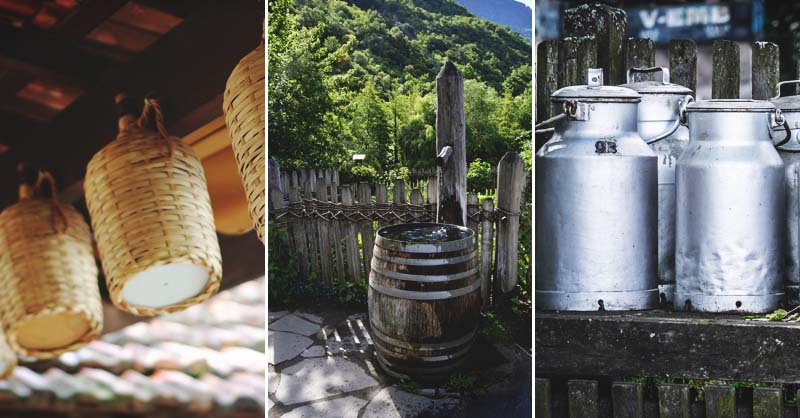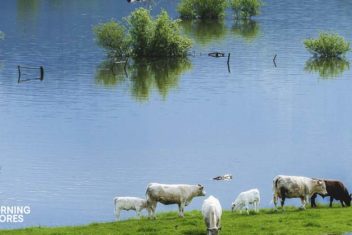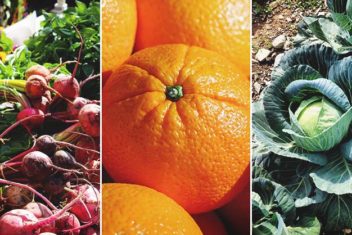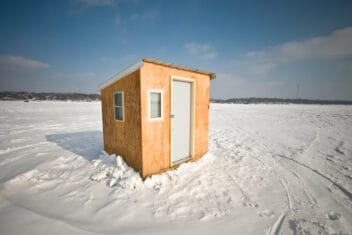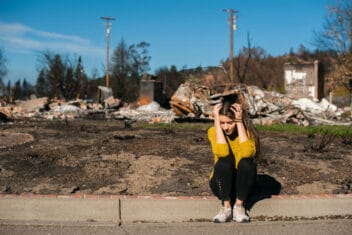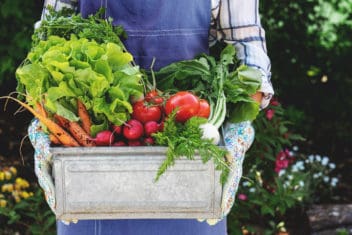Are you trying to be as prepared as possible in case an emergency arises?
I’m right there with you. The older I get, the more I feel the need to be prepared in case disaster strikes. One of the best ways to be prepared is by having long-term water storage in place.
As humans, we can only go for three days without water. Another scary fact is that sometimes when disaster hits, water could become contaminated.
Therefore, it’s a great idea to focus your efforts into long-term water storage. Curious how you should go about this?
You’ve come to the right place. I’m going to share ideas with you for storing water for emergencies for the long-term.
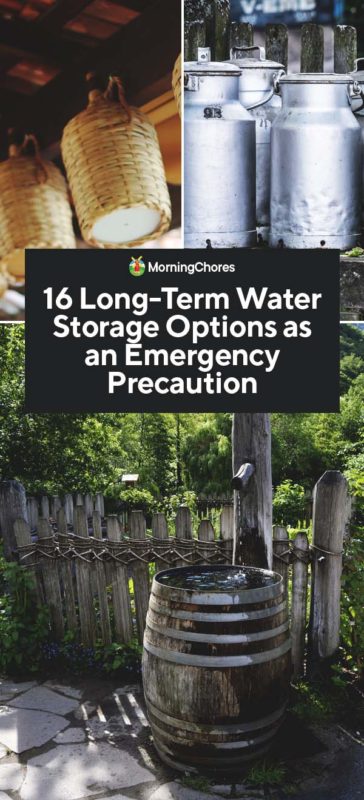
How Much Water Do I Need?
Before we dive into water storage solutions, it’s important to calculate how much water you might need to store for the long-term.
Plan to store one gallon of water per person per day. If you have women in your group who are pregnant or nursing, increase their quota water.
This may sound like too much, but if you consider how much we should drink in a day plus how much we need for proper sanitation and hygiene, it adds up.
Some people only store enough water for three days, but it could take longer for the water to be safe to drink again.
It’s best to be prepared for approximately two weeks without having access to clean drinking water.
If you have the room to store more, go for it! But if you’re prepared for two weeks, you should be good to go in most emergencies.
As a homesteader, you should also consider your animals while planning.
How to Store Water Long-Term
You now understand the importance of long-term water storage and how much you should plan to store for yourself and those who may be hunkering down with you in a survival situation.
Now, it’s time to dive into how you can best prepare for these situations by storing water properly:
1. Buy It
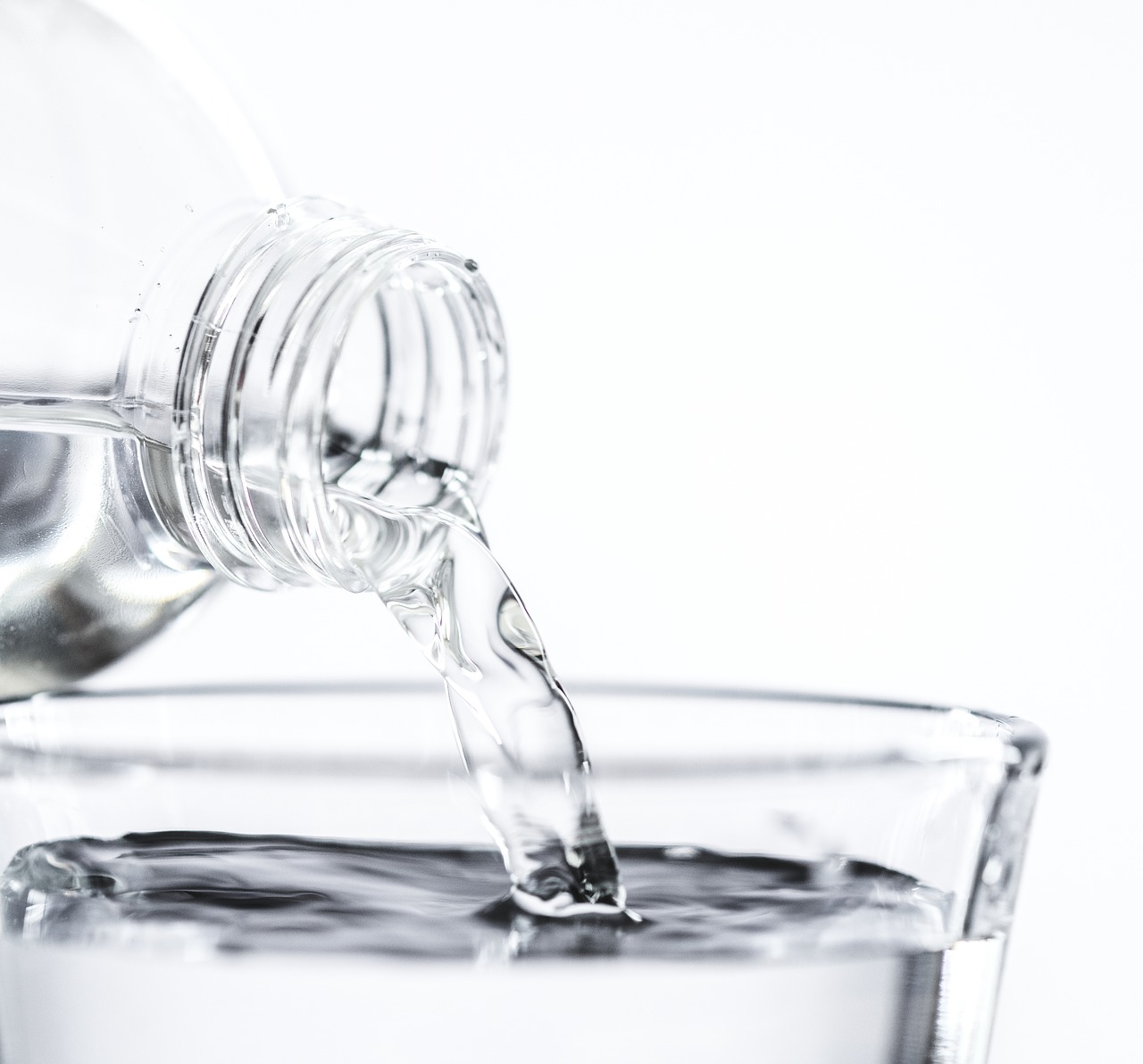
Bottled water is inexpensive, easy to store, and quite handy. If you’re looking to store water quickly, this could be a good option.
However, keep an eye on your water bottles, because sometimes they break and begin to leak, microorganisms make their way into the bottles over time, and they can start to leak BPA into the water if left sitting long enough.
If you’re okay with rotating your water stash occasionally, this could be a simple long-term water storage solution for you.
2. A Bladder of Water
I like to prepare for disasters by checking things off my to-do list. I don’t like to do them and have to go back and recheck them at a later date if something expires or needs to be swapped out.
This is why I like this method for long-term water storage. You can purchase large water bladders which can be quickly filled in the event of an emergency.
Instead of filling your bathtub (which has no cover and the water can get dirty quickly) place the bladder in the tub and fill it up for easy and clean water.
3. Fill Your Bottles
Do you drink soft drinks, juice drinks, or any other store-bought beverage regularly? Instead of tossing the bottles in the trash or recycling, use them.
Rinse the bottles out and refill them with water. This is an easy and free way to have long-term water storage with no additional cost.
Plus, many store-bought bottles are more compact which makes storing them a little easier too.
4. Boil What You Have

Let’s say you live in a small apartment or home, and you don’t have any room to store water ahead of time.
This isn’t an ideal situation, but it’s one we can work with. Instead of focusing on gathering water, focus on making sure you have a way to cook.
If you can heat contaminated water to where it’ll boil, you could still have drinking water in an emergency.
5. Catch the Rain
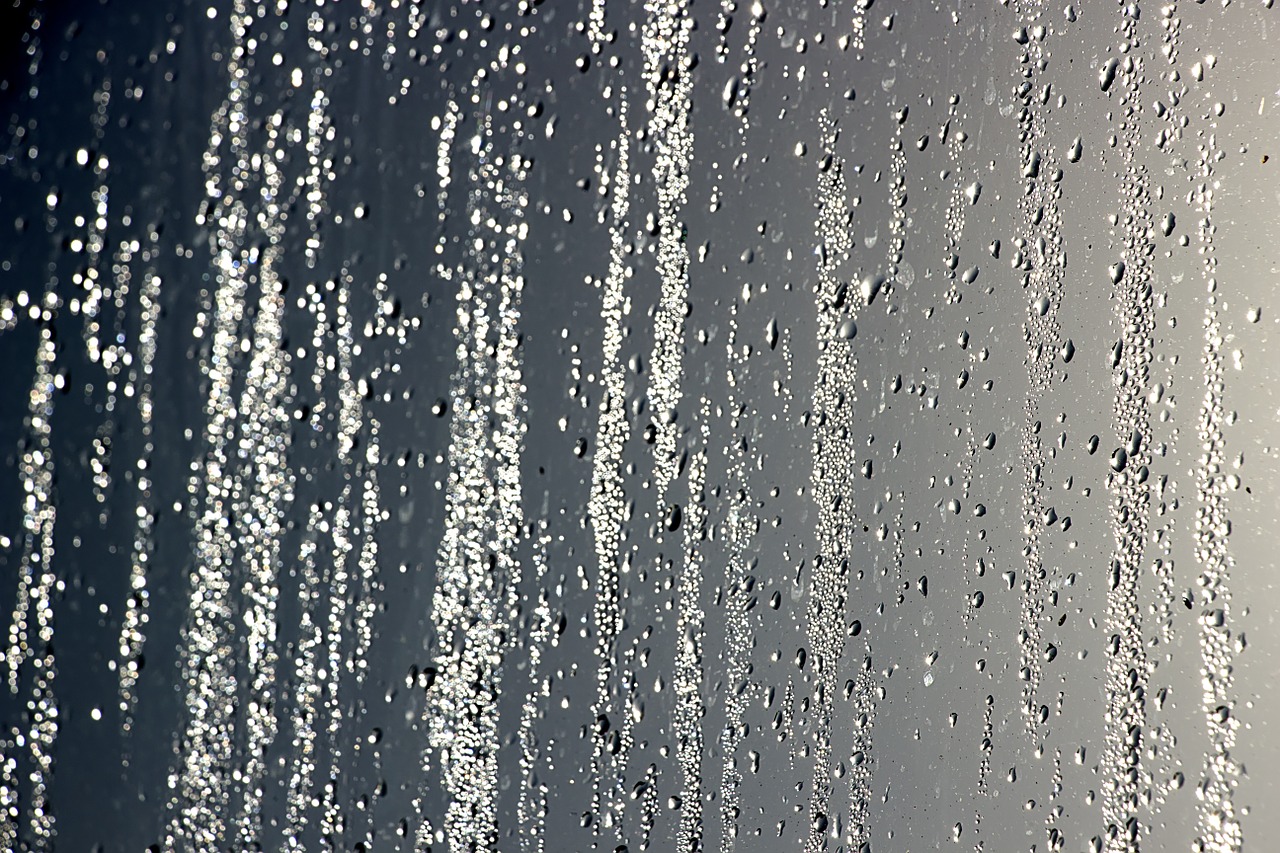
I’m big on harvesting rainwater because it’s a free way to keep my livestock watered without impacting our well.
If you have the means to catch rainwater, you should. You attach gutters to the side of your home or other outbuildings.
Have the water run into water barrels, and you have water anytime you need it. Be sure to have the
6. Buy a Water Filter

If you don’t have the means to store water, be sure you purchase a quality water filter or an entire water filtration system. This would work for trying to make contaminated water safe for drinking.
It’s important to realize not everyone has the same amount of room to store what they may need in a dire situation.
Therefore, work with what you have and be as prepared as you can. You could also consider buying a water filtration pitcher.
7. Use the Tablets
If you don’t have the storage facility to store at a minimum three days’ worth of water, stock up on items which can help purify water.
You can purchase water tablets which will purify water when dropped into it. This is a great back-up if you don’t have the room to store large quantities of water.
Even if you do have enough water stored, having these tablets as an additional back-up could provide you with even more peace of mind.
8. Dig a Well
It’s a good idea to get away from city water if it’s possible in your situation. If the water at the storage facility gets contaminated, many people will be affected.
If you have a well on your property (unless a natural disaster hits you) the water shouldn’t be affected.
The only warning with a well is to make sure you have a hand pump to get water from the well. If you depend on an electric pump and the power goes out, you’ll still be without water.
9. Stainless Steel Containers
It’s important to choose the right containers to store water for the long-term. One great storage solution is to use stainless steel containers.
Whether you have stainless steel bowls or water bottles, use regular tap water, fill the bottles, and store them for later use. Cover the containers securely.
They should keep their integrity but be sure to check the water from time to time to make sure it hasn’t developed an odor, and no bugs have formed inside.
Also store them away from sunlight, preferably in a place without huge temperature fluctuations.
10. Glass Containers
When I know we’re going to have bad weather which could potentially leave us without power, I begin filling my mason jars.
They’re a good water storage solution because the glass allows you to see what’s taking place inside, and they don’t break easily.
Plus, mason jars have lids which fit perfectly on top of the jars. This keeps the water clean and ready to use if needed.
11. Fill a Tank
If you have the budget, purchase a large water tank which could hold over 1,000 gallons of water.
It will take some planning to figure out where this tank could sit on your property. You’ll also have to run lines from the tank to where the water would be needed in an emergency.
But if you can store mass amounts of water in case of an emergency, you should. This will ensure you and your loved ones, and the animals on your homestead have what they need during a difficult time.
See our post on off-grid water systems for more information on these containers.
12. Use the Pool
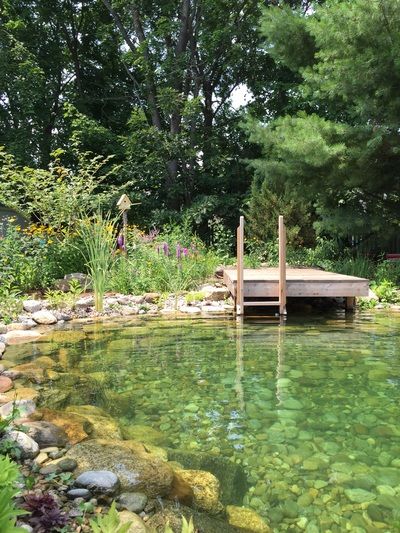
This may sound gross but put yourself in a survival situation. You’ve been without water for days, and your water storage is running low, what should you do?
You should look outside. If you’re fortunate enough to have a pool staring back at you, of course, you could use it for drinking water.
However, you should utilize this only as a last resort and pair it with some water filtration ideas listed above. If you plan on using your pool as a backup water source, start looking into ideas for keeping it clean using organic methods.
The water from a backyard pond could be used for your homestead, and at least for some basic sanitation such as flushing a toilet. Consider investing in low-flow water conserving toilet or composting toilets.
13. 55-Gallon Drums
If you have the storage and want to store enough water to last you longer than two weeks, check out 55-gallon water drums.
You can fill the drums and allow the water to be stored for when you need it. If you choose this method, it’s a good idea to have a food grade water hose.
Plus, you should utilize water purifying techniques if the water has been left standing for quite some time before use.
14. Water Storage Containers
Do you watch homesteading shows on TV? If you ever have, you may have seen people discuss how they have no water on their property.
Therefore, they must haul in their water. When they haul water, they use special food grade water containers.
These are perfect not only for hauling
15. Collapsible Storage Containers
I like this idea for people who lack storage space but wish to be prepared. If you don’t have room to store water, why not be equipped with empty collapsible containers at least.
You can purchase these collapsible water storage containers. If you hear a storm is on its way or need water for an emergency, you can quickly fill these containers.
But when they aren’t needed, collapse and store them under your bed.
16. Milk Jugs
Anyone who has done any kind of research on long-term water storage knows storing water in milk jugs isn’t a good idea.
I did this when I first began prepping, and I had water leaking everywhere after a few months of storage.
Later, I realized, it’s because milk jugs are biodegradable, and this makes them breakdown over time.
If you’d like to utilize your milk jugs, use them for water storage but practice caution. Be sure to swap out milk jugs and use fresh water every three months.
This should help keep the water fresh and free of contaminants. It should also help deter leaks in your home.
Hopefully, this list inspired you to start pursuing long-term water storage in one form or another to be prepared in case of an emergency.
Remember, if you have extra storage space, make it count. If you don’t, don’t fret too much. Use some of the alternative methods listed above.
The goal is to be as prepared as you can with where you’re at. Do the best you can and hope for the best if the time ever comes where you need your supplies.

